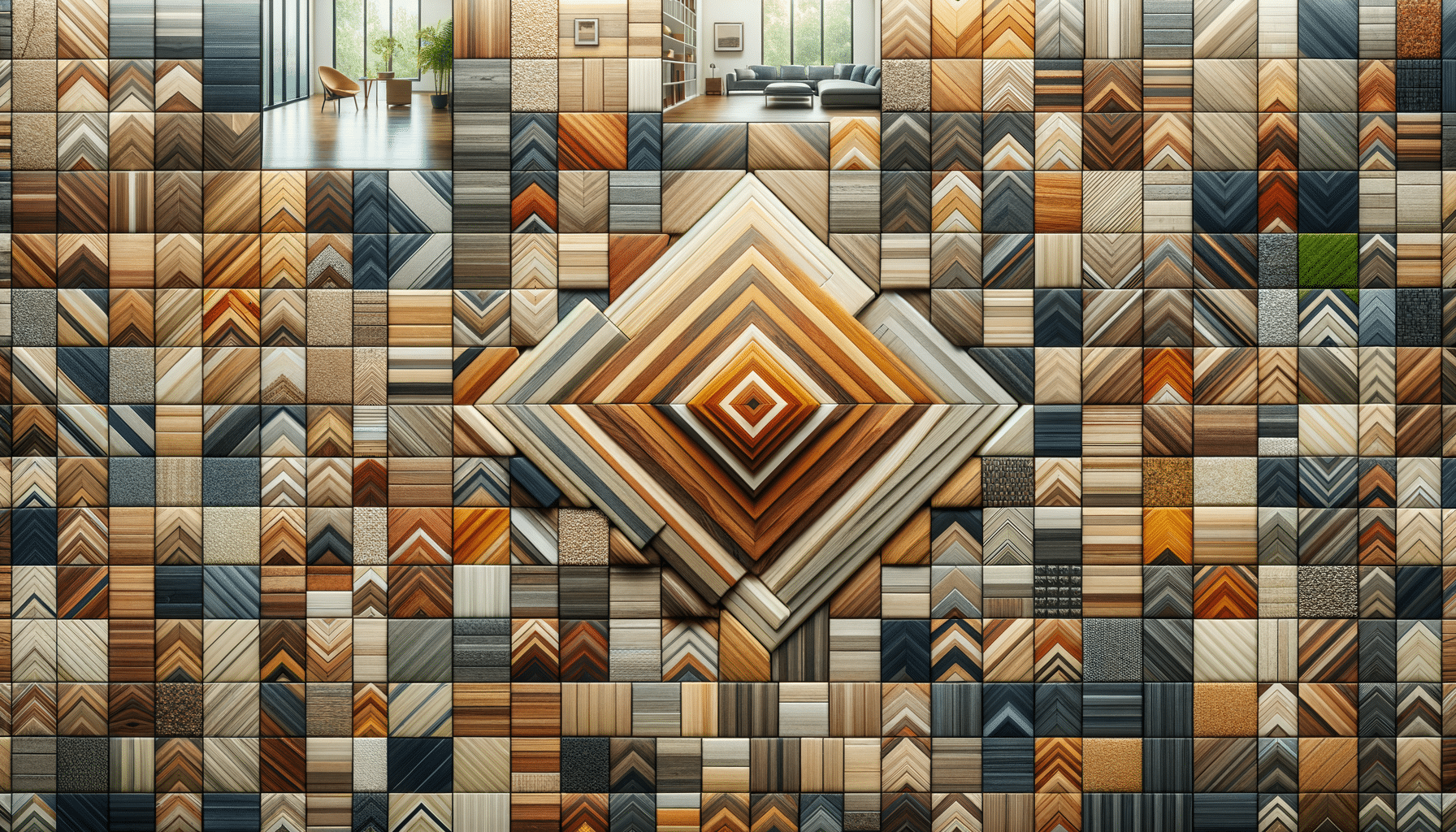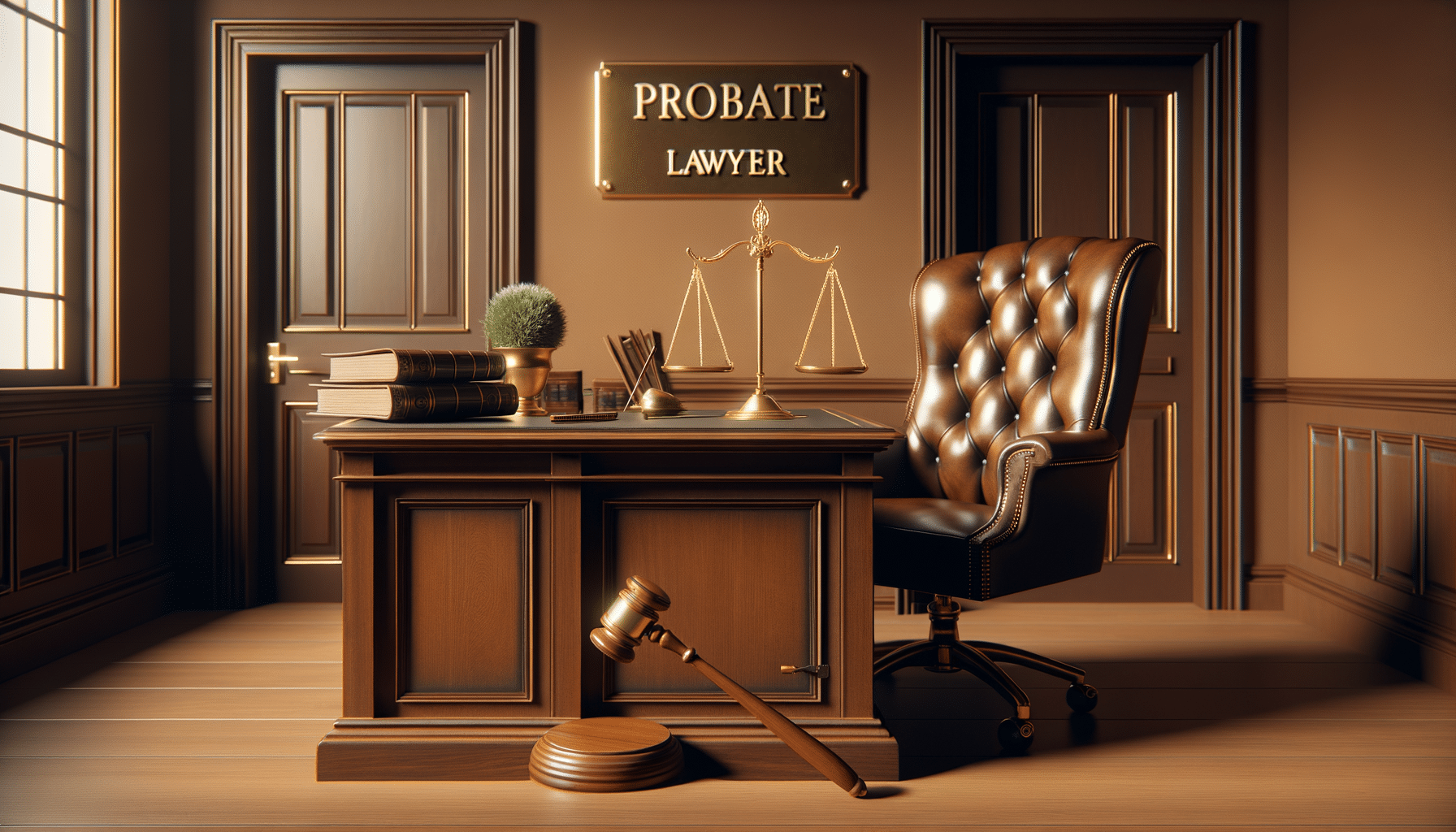
Explore Hardwood Flooring Options: Styles, Colors & Price Guide
Introduction to Hardwood Flooring
Hardwood flooring remains a timeless choice for homeowners seeking to enhance the aesthetic appeal and value of their homes. Known for its durability and classic beauty, hardwood flooring is available in a variety of styles, colors, and price points, making it a versatile option for different tastes and budgets. Whether you’re renovating or building a new home, understanding the nuances of hardwood flooring can help you make an informed decision that aligns with your design vision and functional needs.
Types of Hardwood Flooring
When it comes to hardwood flooring, the options are plentiful. The most common types include solid hardwood and engineered hardwood. Solid hardwood is made from a single piece of wood and is renowned for its longevity and ability to be refinished multiple times. Engineered hardwood, on the other hand, consists of multiple layers of wood veneer, offering enhanced stability and resistance to moisture.
Popular wood species for hardwood flooring include oak, maple, walnut, and hickory. Each type has its distinct characteristics. For instance:
- Oak: Known for its prominent grain patterns and durability, oak is a popular choice for traditional and contemporary settings.
- Maple: Offers a lighter color and subtle grain, making it ideal for modern interiors.
- Walnut: Provides a rich, dark hue that adds warmth and elegance to any room.
- Hickory: Known for its strength and varied grain patterns, hickory is perfect for rustic or country-style homes.
Color and Finish Options
The color and finish of hardwood flooring can significantly impact the overall look of a space. Natural wood tones range from light to dark, allowing for customization based on personal preference and room design. Additionally, the finish of the wood can enhance its appearance and longevity. Common finishes include matte, satin, and gloss, each offering a different level of sheen and protection.
Choosing the right color and finish involves considering factors such as lighting, room size, and existing decor. Lighter shades can make a room feel more spacious and airy, while darker tones add depth and sophistication. The finish also plays a role in maintenance; for example, a matte finish may better hide scratches and imperfections compared to a high-gloss finish.
Cost Considerations
The cost of hardwood flooring can vary widely based on factors such as wood species, quality, and installation method. Solid hardwood tends to be more expensive than engineered options, but its longevity can justify the initial investment. Additionally, exotic wood species often come with a higher price tag due to their rarity and unique aesthetics.
Installation costs also play a significant role in the overall expense. Professional installation is recommended for achieving the best results, especially with solid hardwood, which may require specific acclimation and subfloor preparation. It’s essential to budget not only for the material but also for installation, underlayment, and any additional treatments such as staining or sealing.
Choosing the Right Hardwood for Your Home
Selecting the right hardwood flooring involves balancing aesthetics, functionality, and budget. Consider the room’s purpose, foot traffic, and exposure to moisture when choosing between solid and engineered hardwood. Additionally, think about how the flooring will complement your home’s existing style and color palette.
For example, a busy household with pets and children might benefit from the durability and scratch resistance of oak or hickory. Conversely, a formal dining room could be enhanced by the luxurious appearance of walnut. Ultimately, the right choice will reflect your personal taste while meeting practical needs.


